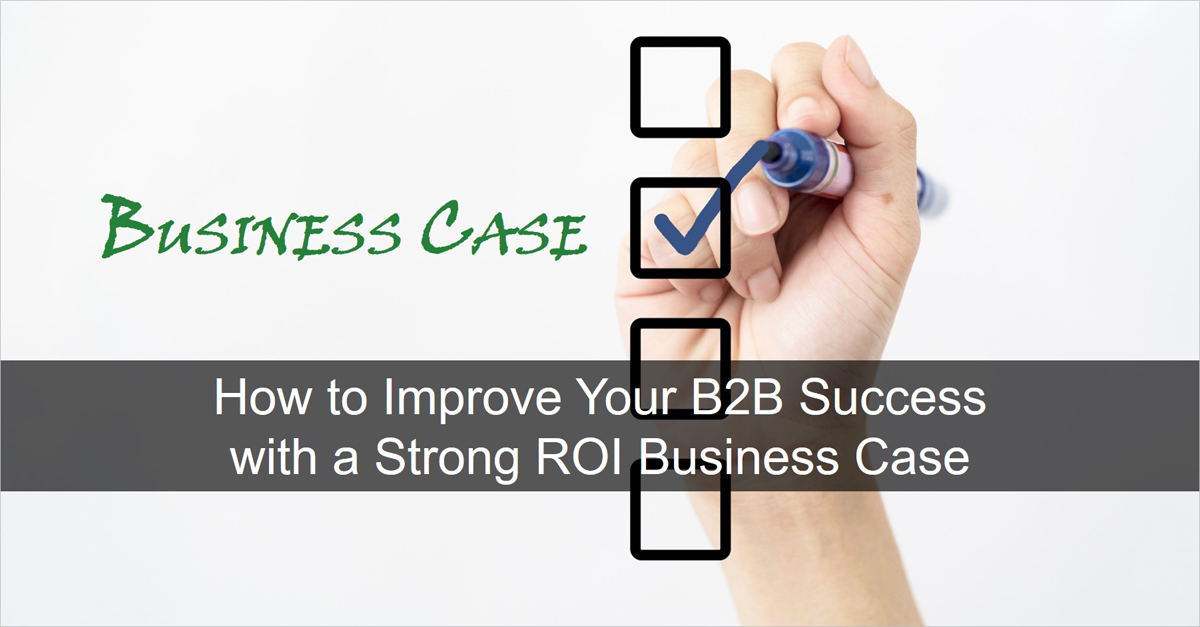Successful organizations use value selling tools to show the financial impact of their product or service. At Vitori Health, a value calculator estimates potential employer savings and helps build a solid business case that emphasizes the economic advantages of their modern employee health plan.
Sometimes the earliest stage in the buying process isn't when a prospect realizes he or she has a problem. It’s a nagging feeling they have about the status quo. Even though things are going well, they still feel they could somehow be better.
This is an opportunity for sellers and marketers. Your job is to paint a vision of what “better” looks like (including, hopefully, the idea that your product or solution can help prospects get there).
Last week I worked with a client to finalize a list of cost savings and revenue gains provided by her company’s offering. During our review, she flagged the section where I had included “sales growth” as a revenue benefit. As she told me, “We’re not allowed to include soft benefits when we present business cases internally.”














